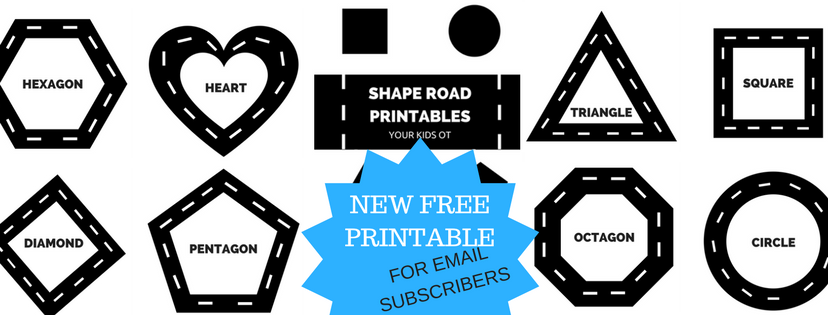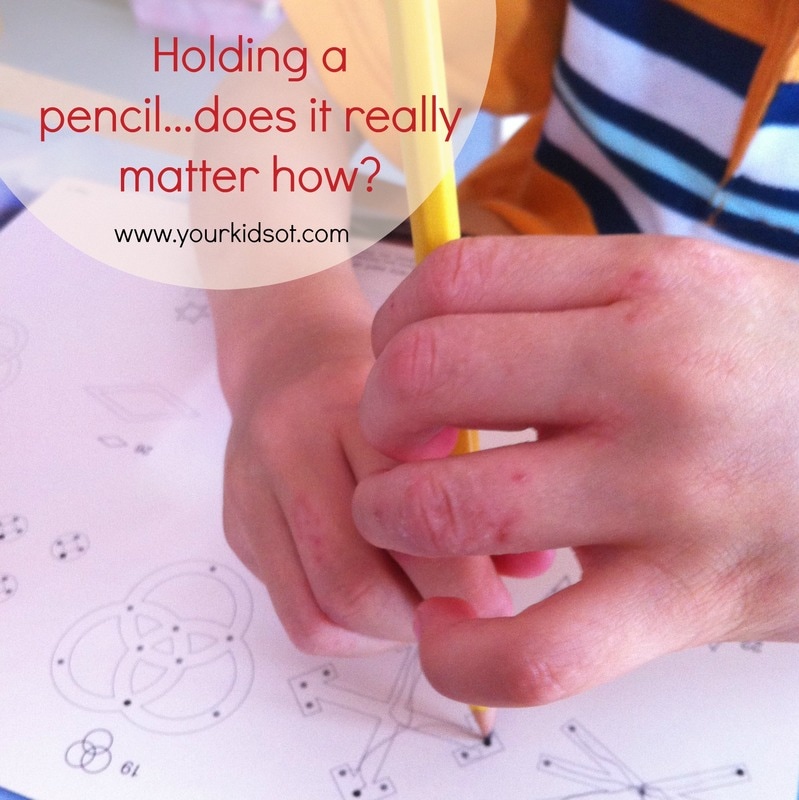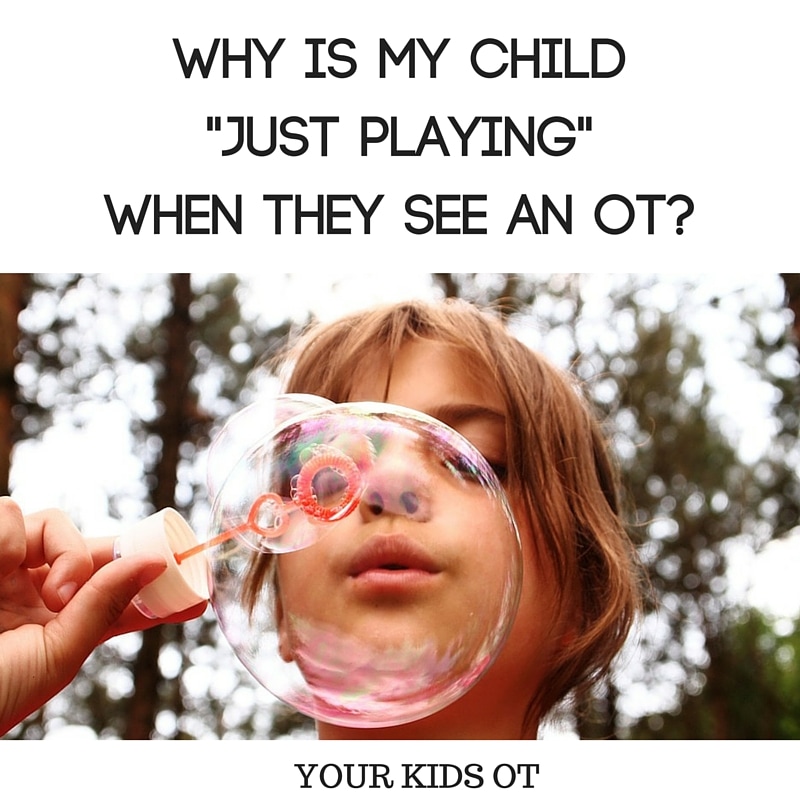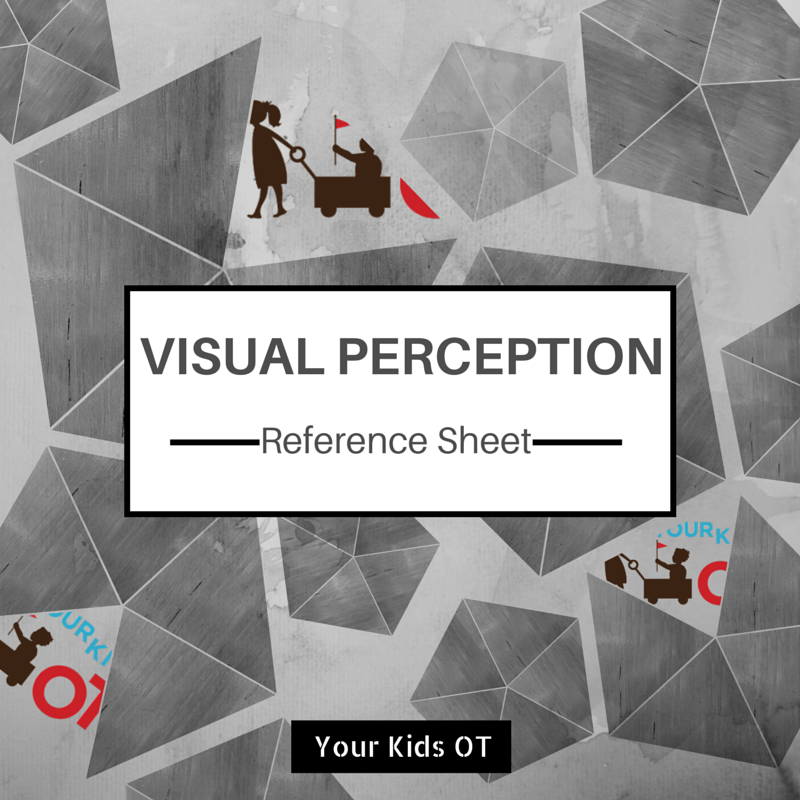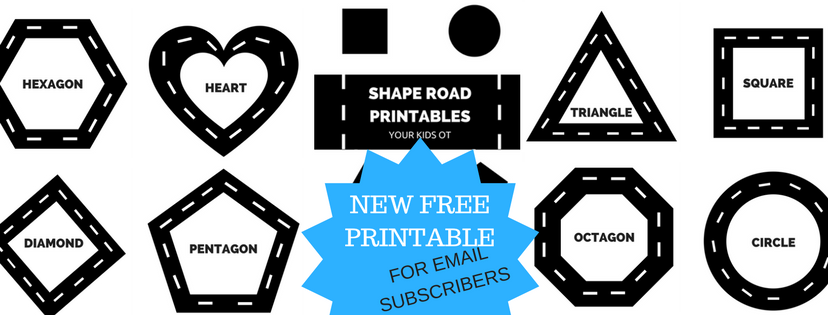|
I love puppets! Kids love puppets! They provide such a great way to engage kids; capturing both their attention and their imagination. Even when kids eventually realize there is a person behind (or under or holding) a puppet, the intrigue and affection is still there. Today I'm introducing guest blogger Abby Glassenberg, puppet designer extraordinaire, and blogger from While She Naps! Can you see from the title how awesome her puppets are?! Abby has some great ideas (and therapeutic reasons) for using puppets in play and for therapy sessions. She also has some awesome ideas for making your own puppets! I'm looking forward to trying out her pattern to make my own. I would love to see your puppet if you make one! Thank you Abby for contributing today! Puppets can play a special role in a therapy session, a classroom, or at home with your family. When we slide our hand inside a puppet and begin to make it talk we can suddenly be anyone we want. Through a puppet we can express thoughts that would be too difficult to say out loud otherwise. A puppet can be angry, or sad, or frustrated about a situation and express those emotions fully without worrying about the consequences. When we play with puppets we give ourselves permission to talk about complicated situations and to be silly too. If you don't already have puppets in your toy box of toolbox it's worth buying a few at a toy store or making your own. As a teacher and mother of three girls, one of whom has special needs, I love having puppets available in my arsenal. I also like to make toys for my children to use. As a sewing designer, I realized that there was a need for an open-mouthed, expressive puppet that was easy for moms and therapists to sew themselves. This realization led me to create the Chit Chat Puppet Pattern for people just like me who want to create a special puppet to use with the children in their lives. It's a simple-to-sew pattern that allows you to easily make custom puppets that fit your particular needs. The wonderful thing about puppets is that they are a representation of a living being so puppets can get away with things that people can't. Puppets allow us to experience a fantasy and that's such a valuable thing for a child. One approach to playing with puppets is to use a visually neutral puppet that's neither a boy nor a girl and doesn't have many identifying characteristics. This means that the puppet doesn't resemble anyone and can be anyone. A child can project whatever they want onto the puppet, rather than feeling constrained by the puppet's features. Another approach is to buy or create a variety of puppet characters, including a predator puppet and a friendly puppet. Distinct characters allow you and the child to act out scenarios together, and you can even switch roles to try out different resolutions to the stories you're acting out together. One way to begin puppet play is to by presenting a puppet that has a problem that's an exaggerated version of one the child is actually facing. For example, of the child is struggling with accepting a new baby into the family, the puppet can wish that the new baby would disappear and it could be the only child once again. In this scenario the puppet is just like the child, only more so. This experience give the child an opportunity to unburden themselves of thoughts they were previously afraid to openly express such as wishing a baby would disappear. You can also present a situation similar to the one that the child needs help resolving and use the puppet to model new behavior patterns and rehears coping strategies. Possible situations that are suited for this kind of play would be winning and losing at games, turn taking, greeting people and active listening. To encourage the child to problem solve and to create a bond with the puppet, suggest that they be the puppet's helper. Can the child help the puppet accept that it's lost at a board game? or teach the puppet to greet a friend appropriately? Of course playing with puppets doesn't always have to have a serious aim. Putting on a silly show with a puppet is a fun way to spend time together enjoying an open ended, creative activity. It's definitely okay to just have fun with your puppet! There are lots of puppets that are simple to make together with children. Try a paper bag puppet, a clothespin puppet or a sock puppet to get started. And of course, there are many commercially available puppets you can buy at the store. if you'd like to create a unique puppet to use with your child or with your students. however. I encourage you to try my Chit Chat Puppet pattern. It's intended for people with all levels of sewing experience and will allow you to create an array of unique, high quality puppets you can use for years to come.
Read more articles from Your Kids OT at https://www.yourkidsot.com/blog
The information on this site is general in nature. The activities are safe for most children, however, you should consult an Occupational Therapist or health professional to address specific movement, sensory or other medical conditions. You may also like: Today on the blog, I would like to introduce Laurie Gombash! Laurie is a physical therapist who loves to teach the alphabet through movement and a range of multi-sensory activities. To capture an array of learning variability gives children an opportunity to learn in ways they understand through their senses. Laurie is sharing her latest book, ABC's of Active Learning© with us today! What an exciting resource that would be valuable for anyone working with young children! Thanks for this opportunity to guest blog and tell everyone about my new book, ABC’s of Active Learning©. It's the same 26 letters with a multi-sensory twist that provides a lively and engaging teaching and learning experience! As parents, caregivers, practitioners, or teachers, we realize the importance of early literacy development, but how do we continue to find creative ways to present critical learning skills? More importantly, how do we capture the motivation of our learners who come to us with different strengths and areas in need of continued development? The ABC’s of Active Learning© targets the whole brain through movement activities, organized games, multi-step crafts, as well as multi-sensory pre-writing activities that can be used and graded for learners of all abilities. With the rise of technology dominating so much of the young child's time, this tool takes learning back to the basics, providing organizing movement activities that help to establish a child who is ready to be an active participant in his or her learning! For example, for the letter M, Our Marching Band by Lloyd Moss is the suggested read.
To challenge children’s phonological awareness, encourage them to say the words that start with the “M” sound. Learning outcomes from Marshmallow lob include eye-hand coordination, phonological awareness, and gross motor skill enhancement. All activities are designed to be fun and motivating, while simultaneously providing rich multi-sensory input, improving motor development and learning. This book can stand alone or be a supplement to The ABC’s of Movement® activity cards. To purchase these products or to find out further information refer to www.ABCsofMovement.com.
How to Use a Metronome to Increase Attention, Coordination and Motor Planning {Guest Post}31/7/2017
What a privilege to have another guest blogger with us today at Your Kids OT! I feel like I am a student constantly learning from others and love reading what other OTs are doing in their practice! Today on the blog, I would like to introduce Casey who is an occupational therapist whom I "met" on Instagram! She shares so many creative ideas! Today, Casey shares with us "how to use a metronome to increase attention, coordination and motor planning". Be sure to follow the links through to her you-tube videos which provide a great demonstration of her activity suggestions here! Have you used a metronome in your OT practice? Have you considered using it in the classroom or at home?
The metronome creates a beat. This beat can be utilized at various speeds providing auditory input for the neurological system to process. Creating a sensorimotor activity that uses the beat (clapping on beat, stomping a foot on beat, bouncing a ball against the wall on beat) causes the brain to process and communicate messages between multiple senses It makes the brain process all of the messages passing through to get in rhythm! Think about listening to a teacher, taking notes, while maintaining posture in a chair. Or listening to your coach tell you how to adjust your stance, while holding bat in proper position in the batter's box and readying yourself for the next pitch. Multiple avenues of brain communication are needed to complete these tasks in congruence. What better way to exercise the attention, focus and motor needed to do this than to add some rhythmic auditory input. Here are some examples:
What I love about this - is it is so easy to implement! This is not just an idea for therapists! Parents, teachers, paras... anyone working with kids YOU can try this too. I love implementing these activities for brain gym/brain breaks to stimulate the body and brain! They would be great activities to do during the school day or before homework! I hope this inspires you and gives you a fresh idea to implement in your home school or therapy session! Ready to Grow - Casey
You may also like:
Today on the blog, I would like to introduce Kim who is an occupational therapist whom I "met" on Instagram! She shares her favourite toy and activity ideas to support learning through play on IG and her website Preferred Therapy Toys. Kim is sharing with us about "ocular motor skills" and she has some wonderful activity suggestions to address these skills! I'm looking forward to trying these out with my OT kids this term! Thanks so much Kim for sharing this with the YKOT readers! As an Occupational Therapist working in the school setting, we support many children with their ocular motor skills, as these skills are important for reading and writing development. Ocular motor skills are your "eye movement skills" including:-
I also like to look at "visual fixations" - ability for eyes to maintain visual attention to a stationary item. In the school environment, ocular motor skills are important to address because they are foundational skills for visual motor skills (hands and eyes working together to complete tasks) and also are essential when reading, writing and copying from the board. If your child seems to be having difficulty with their vision/eye skills, I would first recommend having their vision checked by an optometrist or ophthalmologist, to rule out the need for glasses/acuity issues. Here are some activity ideas to work on ocular motor skills; some of these activities address visual motor skills as well, as they often go hand in hand. 1. Popsicle Stick Reading - Put different colored circle stickers, or draw circles with different colors down a popsicle stick (see picture below) and have student hold this vertically. They can say the colors they see in order from top to bottom, you can also then turn the stick sideways and read from left to right. Try to have kids keep their head straight and not use their finger to hold their place (only hold finger at tip of popsicle stick). You can work up to letters or even sight words as well with this activity and start with wider popsicle sticks and move to thinner popsicle sticks. 2. Ball activity with letters on ball - Get an inexpensive medium sized ball (I usually get mine at the dollar store) and write letters on it (see picture below). Put a target on a wall (could mark an X with painters tape or use a large sticker) and have your child toss the ball with both hands to hit the target. Then when he/she catches the ball, say the first letter they see. you can also use the ball to have the child move the ball to find the letters of the alphabet in order. This activity works on visual motor skills with tossing/catching the ball as well as visual fixations and saccades. 3. Scarf Toss/Catch, Popping Bubbles, Balloon Volleyball - These fun activities are great for younger kids or children that have trouble with ball skills. These activities work on visual tracking and visual motor skills/eye-hand coordination in a play based environment. 4. Alphabet or Number Sequencing Activities - I love using the alphabet or numbers, either by using puzzle pieces or putting numbers/letters on sticky notes and spreading them around on the wall (or floor for puzzle pieces). I then have my students find these in order. This works on visual scanning and sequencing. 5. Slap Tap Game - This is a fun yet tricky game that takes some motor coordination as well. Movements are complete in correlation with the letter presented: p - right arm up b - stomp right foot q - left arm up d - stomp left foot These letters are then placed in rows and students complete these together reading from left to right i.e.: p b q d d b p q You can also make also make it trickier and do two body part motions together (see picture below) or you could incorporate music with this activity. 6. Ipad/Tablet apps -
8. Worksheets - Mazes, dot to dots and word searches are great activities for working on visual motor and ocular motor skills. There are many free printable worksheets available in these areas. Accommodations - Accommodations are supports that help your child to complete a task more easily with use of adaptive strategies. If your student has trouble with copying information from the board, offer copying from near point instead and use a marker item to hold place when copying (ie. eraser, paper clip, tongue depressor). When reading, you can have your child use their finger or index card to help with keeping place. I hope this information has been helpful and that you have found some new activity ideas for ocular motor development. :) By Kim Heyer (OTR/L)
You may also like:
"Music is the universal language of mankind" Henry Wadsworth Longfellow. Henry Wadsworth Longfellow, the American poet says it much better than I could! Music brings people together. It can bring such joy and emotion to both those who listen and those who make music. It can also be therapeutic. "Music therapy is a research-based practice and profession in which music is used to actively support people as they strive to improve their health, functioning and wellbeing." (Australian Music Therapy Association). In my first job as an occupational therapist, I saw the effectiveness of music therapy with children with disabilities in a special school . Today on the blog, I would like to introduce Natalie Wilson. Natalie has been playing guitar since she was 5 years old. She used to be a guitar teacher and her experience teaching with a variety of unique needs sparked her interest in music therapy’s ability to improve the lives of others. She believes music is a powerful way to spread positivity and wants to inspire music to children. Natalie writes about "What Skills Children Can Learn from Music Therapy"! Welcome Natalie! Music is an excellent therapeutic tool that can be used to develop motor, speech, cognitive, and communication skills in children. Regular music lessons have been shown to improve academic performance in children. For example, a study from Northwestern University revealed more sophisticated neural processing abilities in students who took instrumental music lessons than students who only listened to music. Another study found more increases in IQ in children who took music lessons than children who didn’t take lessons. While these findings are well known in the musical community, many parents aren’t aware of music’s ability to encourage the development of important life skills in children. Not only is music education an excellent tool for encouraging positive child development, music therapy can effectively reduce or remediate cognitive, motor, and psychological issues. Since the Music and Memory project gained popularity in 2011, music therapy has become strongly associated with improving the lives of patients with dementia. However, many parents aren’t aware of the ability to help those much younger than the population with dementia. Children experiencing myriad issues can benefit from therapeutic musical exercises and develop skills that will help them succeed in all areas of their life. Here are some of the different skills your children can learn from music therapy SPEECH SKILLS Music therapy is a great way to improve children’s abilities to vocalize and pronounce words correctly. Melodic intonation therapy is an approach that will work well for children with aphasia, which is a condition that impairs a child’s ability to comprehend or produce speech. Melodic intonation therapy is an effective to for teaching children how to produce speech, as it uses parts of the brain associated with singing. Singing using a different area of the brain than regular speech production, which allows therapists to achieve speech through a different pathway in the brain. Using melodic intonation therapy, children with what many know as “Broca’s aphasia” can learn to access regular speech through musical exercises. Music therapy is also an excellent tool for children who have stuttering issues. Rhythmic speech cueing is a therapeutic approach that will allow the therapist to control a child’s rate of speech using a musical beat. For example, the therapist might use a metronome to either speed up or slow down the rate at which a child says a sentence in order to improve their speaking abilities. MOTOR CONTROL SKILLS Using musical instruments is a motivating way to improve motor skills in children. For example, if a child is experiencing weakness on one side of their body, a drum circle exercise will offer a unique way to exercise the affected arm. Not only will the child learn to move his or her affected limb, they will also learn how to control the movements more efficiently by learning to strike the drum on the correct beat. You can also strengthen a child’s limb by teaching them guitar. If a child has difficulty moving one arm, teaching them to strum a guitar with that arm will lead to improvements that can be transferred to day-to-day life. If you want to learn more about the best guitars for a small child’s hands, take a look at this article. COMMUNICATION SKILLS Since music is a universally appreciated art form, music therapy can be used to encourage social skills in all children. Group music therapy involving children of around the same age can improve a child’s ability to socialize and may even create long lasting friendships. Through therapeutic songwriting exercises, drum circles, and improvisational music therapy exercises, participants will foster relationships and improve their ability to socialize with others. This is especially beneficial for children with an autism spectrum disorder who are learning how to socialize with other people. Since children with autism spectrum disorders often experience difficulties expressing themselves, expressing their thoughts and feelings through sound may also teach them behavior management skills and emotional expression techniques. For more information, take a look at the symbolic communication training through music (SYCOM) technique explained here. COGNITIVE SKILLS Musical exercises are also a great way to improve cognitive abilities in children. As was already mentioned, music lessons have been shown to improve neural processing and IQ scores in children. Music therapy can take things a step further and develop better functioning in children who are experiencing cognitive issues. For example, musical sensory orientation training is a useful technique for children who might not have the same attention abilities seen in the average child population. Attention is necessary for learning to take place, so music therapy is therefore a very viable option for children whose learning processes have been stunted due to a lack of attentiveness. In conclusion, music therapy can assist with a variety of different issues children may be facing. Whether you’re child is struggling with socialization, motor control, or attentiveness, music therapy may give you the improvements and skill cultivation you’re seeking. Enjoy watching your child grow with the help of music therapy!
You may also like:
You have tried everything to encourage your child to eat.
"Kids eat when they are hungry, right?" Why does your child eat some things and not others? I'm so excited to welcome, Simone Emery to Your Kids OT today. Simone is a feeding specialist and writer at Play with Food. She is a nutritionist with a Masters of Food Studies, an accredited Food Safety Supervisor and trained in the SOS Approach to Feeding. I've asked Simone to answer some frequently asked questions to help with feeding challenges in the home! Welcome Simone!
Simone, can you please tell us about your family and how you came to create your website "Play with Food"?
I started "Play with Food" as a way to help children get positive experiences with fruit and vegetables. This led to further training in feeding therapy for me to ensure my programs and writing helped parents understand the complexity of feeding children. The root causes of fussy eating vary significantly and my focus on sensory, language, variety and strategies is helpful for parents that may have heard unhelpful advice like "they will grow out of it" or "she won't starve". I have two little girls and I know the trenches of feeding kids, thinking about variety and meal planning around busy modern life. Many children shows signs of being "fussy" at times with food. What are some "red flags" parents should look out for in knowing when their child needs help? It is definitely always important to check that children are reaching their feeding milestones. One of the main red flags that parents report to me are having a dietary repertoire of under 20 foods, dropping entire food groups and anxiety around food. What is the SOS approach to feeding and main principles in this approach? SOS approach to feeding addresses the whole child, their physical, oral motor, sensory, digestive and psychological needs when it comes to feeding. It is an approach that works on increasing exposure to improve acceptance and then increase dietary repertoire / quantity. It is a life skill building therapy. Should I hide vegetables from my "fussy eaters"? Yes and No. Never deceive a child by being sneaky on purpose as this can breed distrust of foods you make them. They will know. But at the same time, you need to present vegetables in logical ways that increase the amount of times you can offer them. Eg. Zucchini slice for lunch, bolognese with carrot onion & celery, Carrot cup cakes. As parents we are in charge of offering and variety and nutritional range are part of what we offer. How do parents negotiate a "fussy eater" with other siblings? Making sure we don't single out a child is very important in reaching a family goal. A family has the goal of eating the same things, so, to achieve that goal we work on it together. Serve foods from the middle of the table so everyone has equal opportunity to learn. Make sure everyone can succeed and learn. Eating isn't a pass or fail task. There are many learns kids have to make before they may eat something new. Modelling the learning process is so important. What support do you provide parents of "fussy eaters"? I have a range of blog posts, recipes, videos, an eCourse and private Facebook group to help parents. I also do guest speaking, consults and Skype sessions.
Thanks so much Simone for sharing your experience and expertise! She is a wealth of knowledge and information. I love how Simone's advice is always practical and based on her professional training.
FIND OUT MORE:
Do you have a fussy or picky eater?
Affiliate links may be found throughout this website in advertising. This means that if you follow through with a purchase from these links, Your Kids OT will receive a percentage of the sale.
You may also like:
Please welcome today's guest blogger, speech pathologist Vincent Borg from Box Hill Speech Pathology Clinic. Vincent is a leading specialist in stuttering therapy with almost 36 years of practice. Vincent is here to share about stuttering; what signs to look for, what to monitor and the treatment options which may help! This is a subject close to home as I sought speech pathology assistance for my son before he started school so that we could address a mild stutter. We participated in the Lidcombe program which is mentioned in this article!
It’s a common concern we hear at our speech pathology practice, particularly from parents of toddlers and pre-schoolers, “Our toddler started stuttering overnight.” It can be particularly worrisome for parents when their child was speaking perfectly fine beforehand.
Between the age of two and four years old, children suddenly have so much to say! Quite often their little brains simply cannot keep up with all the things they want to say not to mention also trying to figure out how to put sounds and words together into phrases that make sense. Signs of stuttering in toddlers and pre-schoolers Stuttering can not only present itself as sound, word or phrase repetition, for example,‘w-w-w-will you play with me?’ or ‘can-can-can I go outside?’ or ‘I want to, I want to, I want to um go home now’ but can present itself as a stuck or blocked sound production or the stretching of sounds, for example, ‘Ca___n I have a drink please?’ The development of language skills is like a huge jigsaw puzzle for young children as they try to grasp new words, sounds and phrases and dysfluency quite often occurs during this developmental period. Some children outgrow their stuttering once they move through this phase and some don’t. It can bequite difficult to determine whether or not stuttering is normal or if it will pass, this is why it’s best to take a proactive approach. Closely monitoring the dysfluency is essential and if you’re concerned or unsure about your child’s stuttering, seeking speech therapy for stuttering from an experienced speech pathologist will give you answers and set your mind at ease. Treatment is most effective if started before the child turns six years old.
What types of stuttering treatment are available? Do they work?
The Lidcombe Program is a best practice treatment for young children who stutter in Australia. The program is a parent training program which teaches parents how to provide feedback regarding their child’s speech that is carefully worded and well-timed, during specific games and naturally occurring situations. Parents and children that have undertaken the Lidcombe Program say that the program is fun and easy to implement. Children enjoy coming to our clinic to engage in the ‘smooth talking games’ and parents feel very empowered because they are equipped with the knowledge and tools to be able to be a direct therapist for their child. What is smooth talking? Smooth talking can also be known as speech restructuring, smooth speech, prolonged speech or The Camperdown Program and it teaches children with a stutter to use a slightly altered speech style to control their stuttering. This approach is effective in reducing stuttering where accurate self-monitoring and close attention is paid to the technique. We rarely recommend this treatment for very young children but do recommend it in partnership with the Lidcombe Program for older children. What things to monitor before attending stuttering therapy? To achieve the best possible outcome at a speech pathology appointment, it’s essential that you make close observations of your child’s stuttering and document the following:
How to support your child while they are experiencing stuttering? If your child starts stuttering, in addition to making observations and seeking advice from a speech therapist, it’s essential to display sensitivity towards your child. Try not to make a big deal of their stuttering, let them know that you are there to help them through their frustration and that you will wait for them to say what they need to. It’s so important that you’re not in a hurry to communicate with them. Try to slow down your questions and give them the amount of time they need to express themselves properly. Patience when it comes to stuttering is key. Has your child started stuttering all of a sudden? Did it go away on its own or did you seek therapy? By Vincent Borg
You may also like:
|
AuthorHi, I'm Cindy and I am an Occupational Therapist. I enjoy working creatively with children to see them reach their potential. Read more about me here. SEARCH THIS SITE
Archives
June 2024
Categories
All
Popular Posts |
Join the YKOT e-newsletter!
Subscribe to get our latest content by email and receive
the SHAPE ROADS PRINTABLE NOW!

Success! Now check your email to confirm your subscription and receive your free printable!
Join our Mailing List!
Subscribe to get our latest content by email and receive
the SHAPE ROADS PRINTABLE NOW as a thankyou!

Success! Now check your email to confirm your subscription and receive your free printable!
Disclaimer: The information on this site is general in nature and should be used for educational and entertainment purposes. The activities are safe for most children, however, you should consult an Occupational Therapist or health professional to address specific movement, sensory or other medical conditions. This blog does not replace formal therapeutic professional advice given by a health professional or medical practitioner. Reviews and endorsements of products will only be made based on my expertise and personal opinion; and deemed worthy of such endorsement. The opinions shared in sponsored content will always be my own and not that of the advertising company or brand. Content, advertising space or posts will be clearly identified if paid, affiliated or sponsored. Affiliate links may be found throughout this website in advertising. This means that if you follow through with a purchase from these links, Your Kids OT will receive a percentage of the sale. Your Kids OT undertakes to meet the requirements of the "Social Media Policy" as published by Australian Health Practitioner Regulation Agency (AHPRA). Further information about this policy can be found here.
Find meFollow me |
About me
AuthorHi, I'm Cindy and I am an Occupational Therapist. I enjoy working creatively with children to see them reach their potential. Read more about me here. |
Copyright © 2017 Your Kid OT

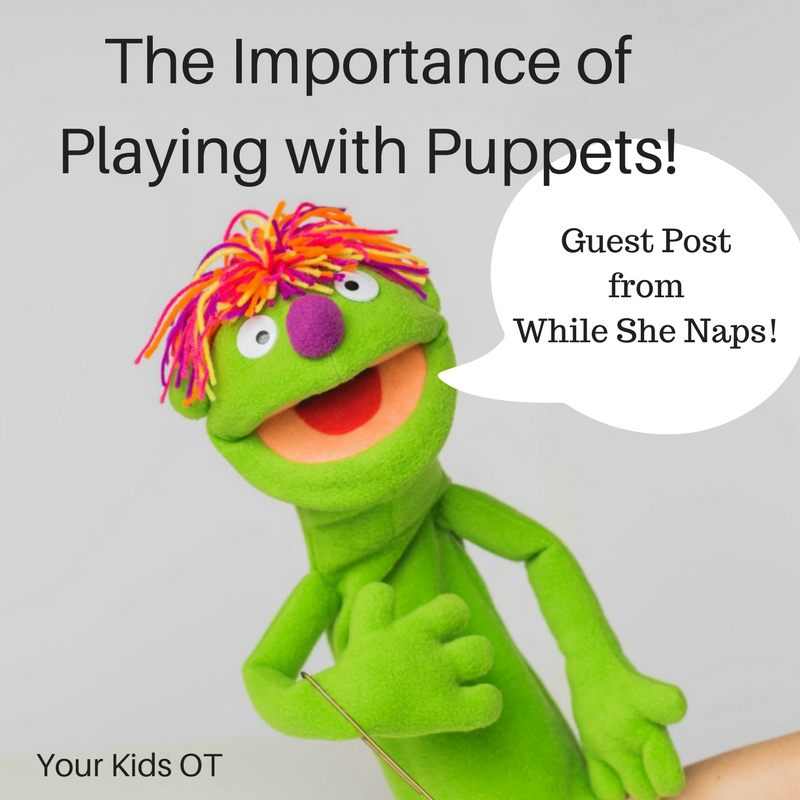
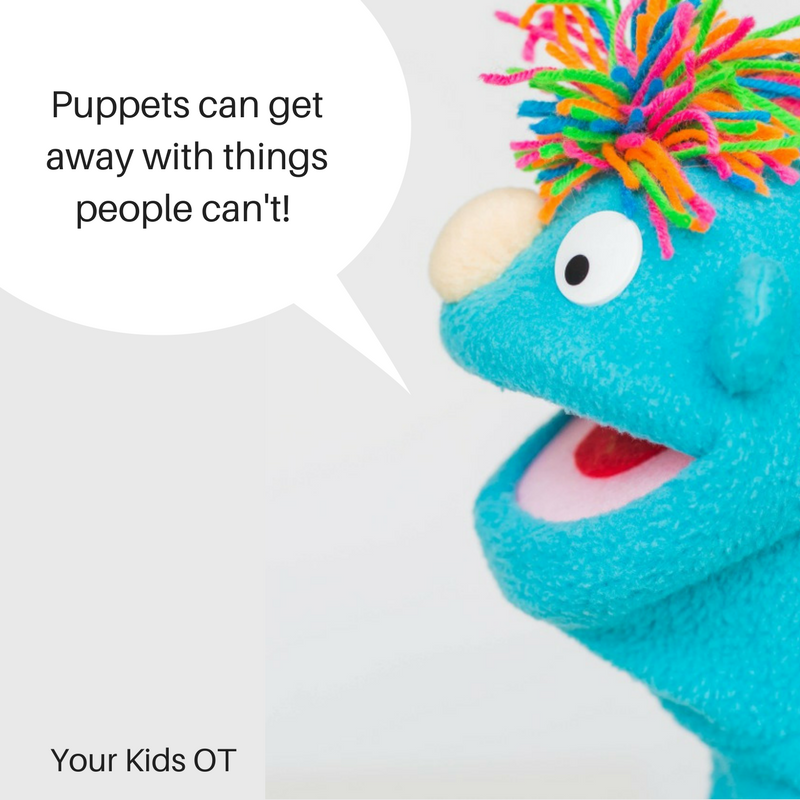
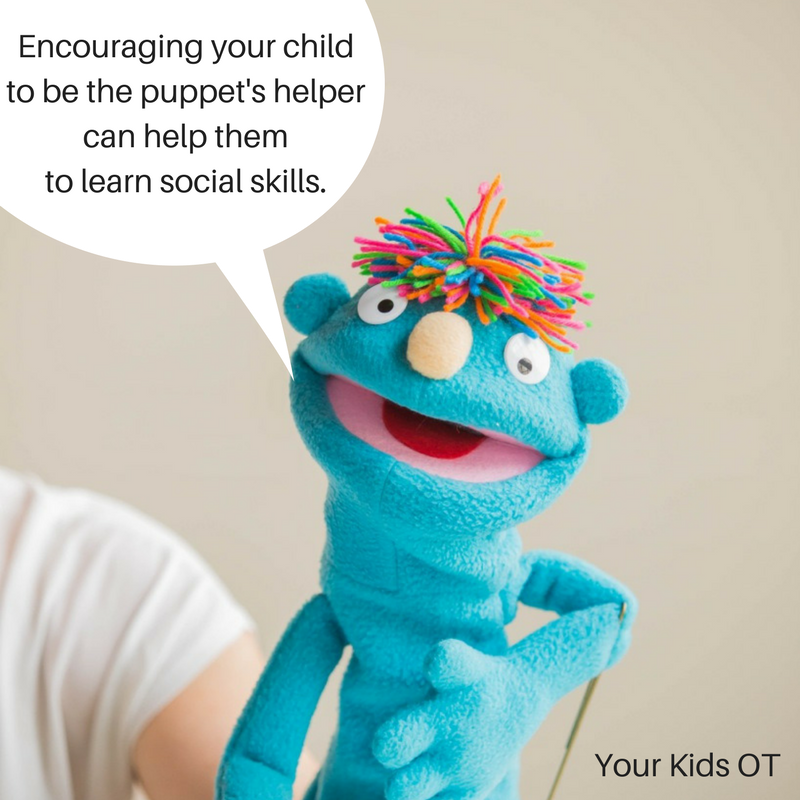
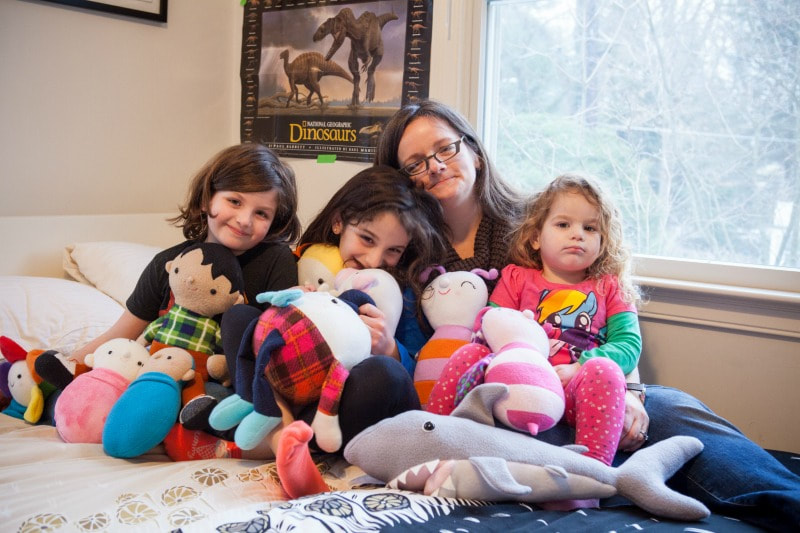
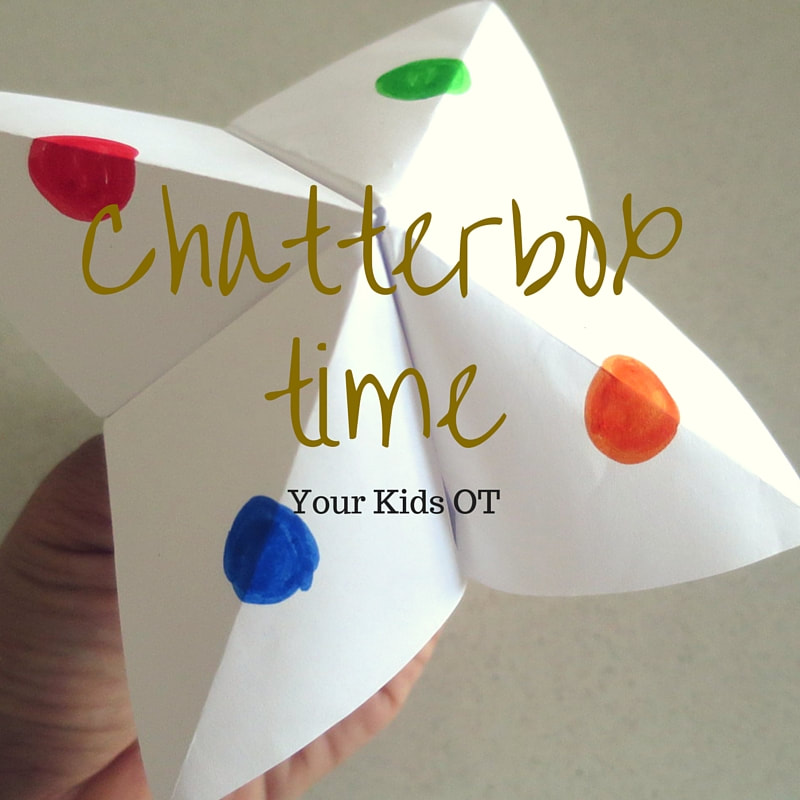
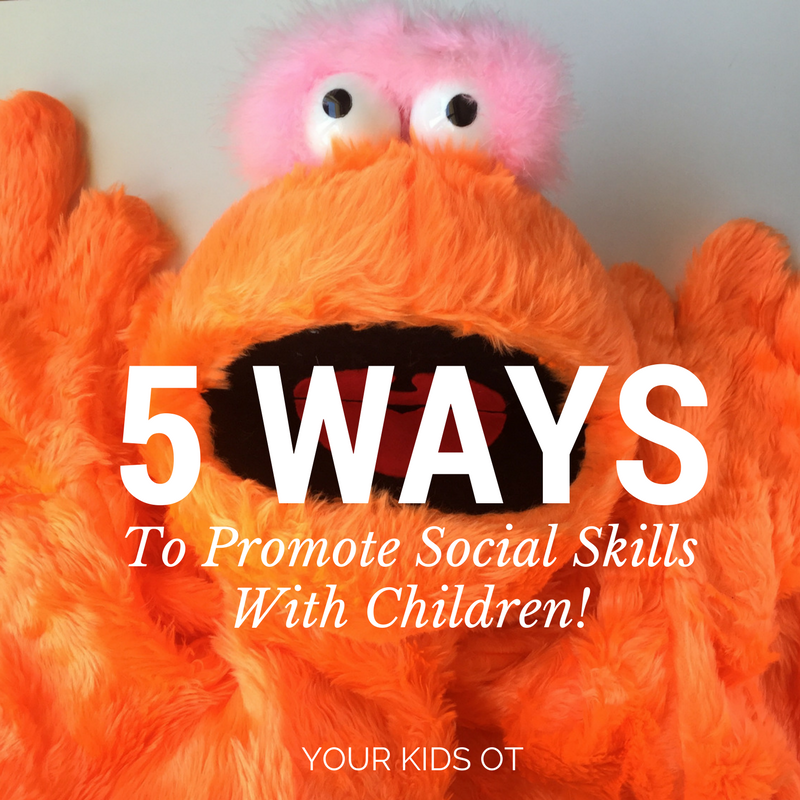
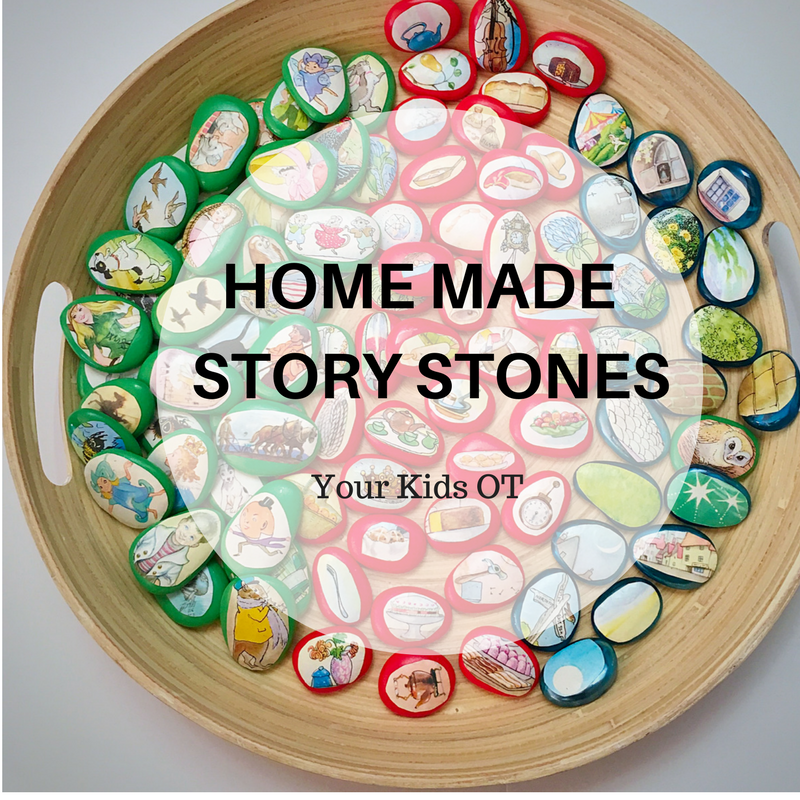
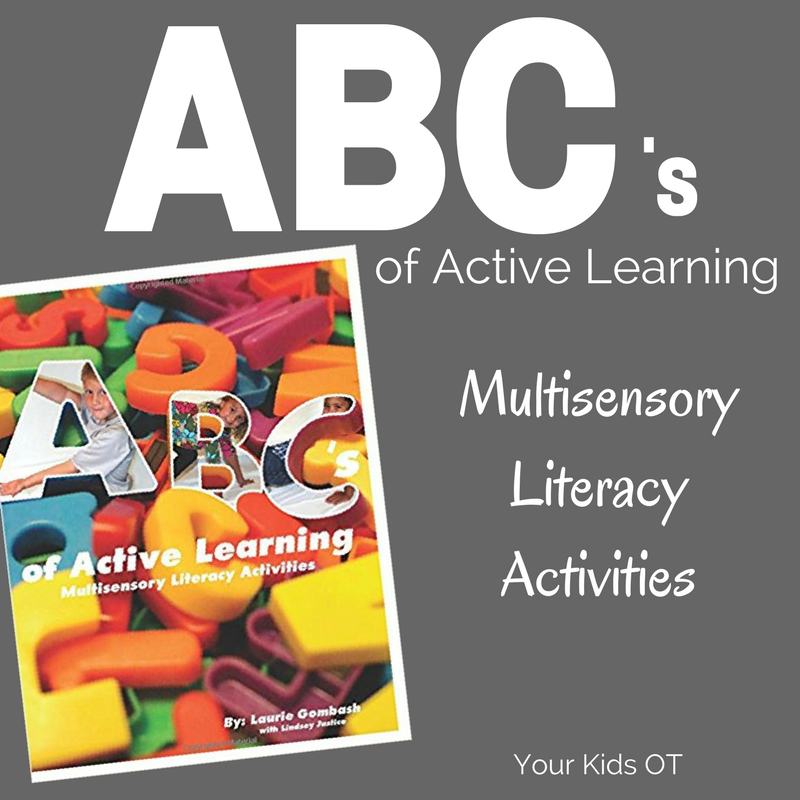
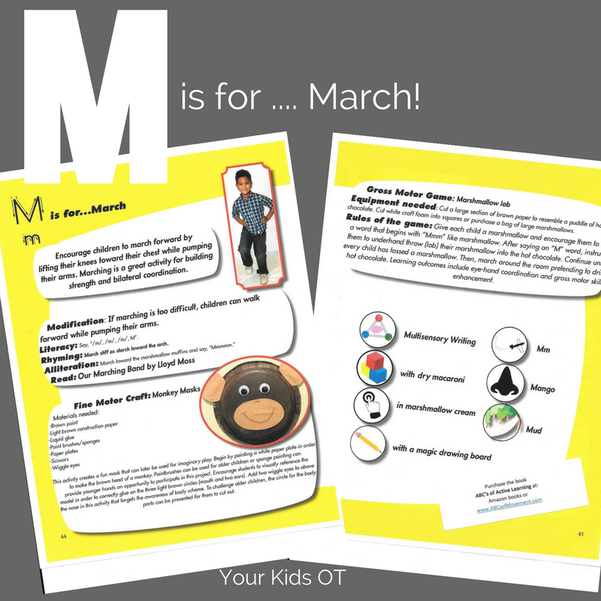

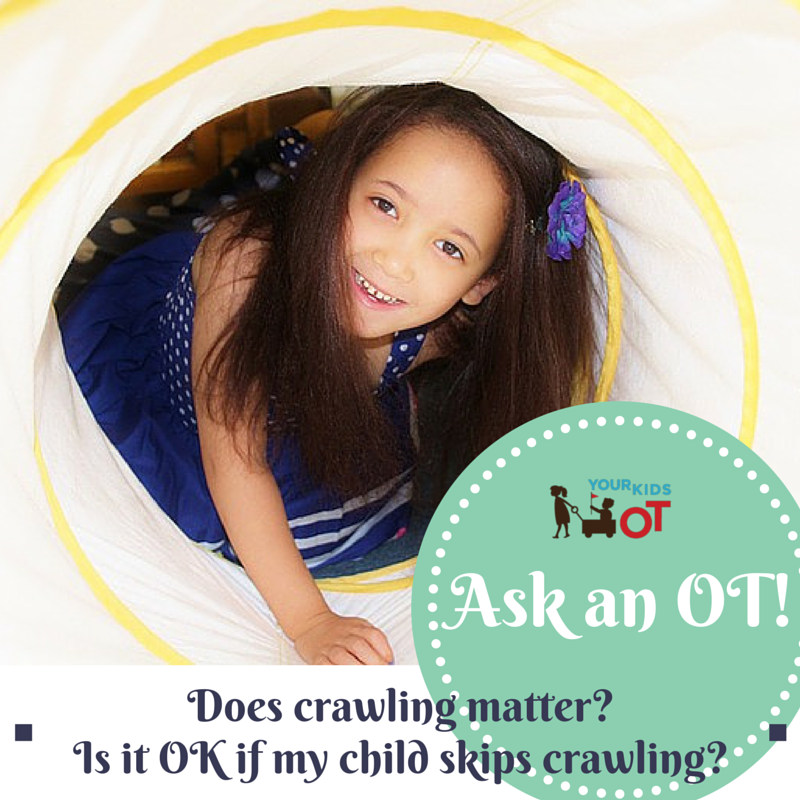
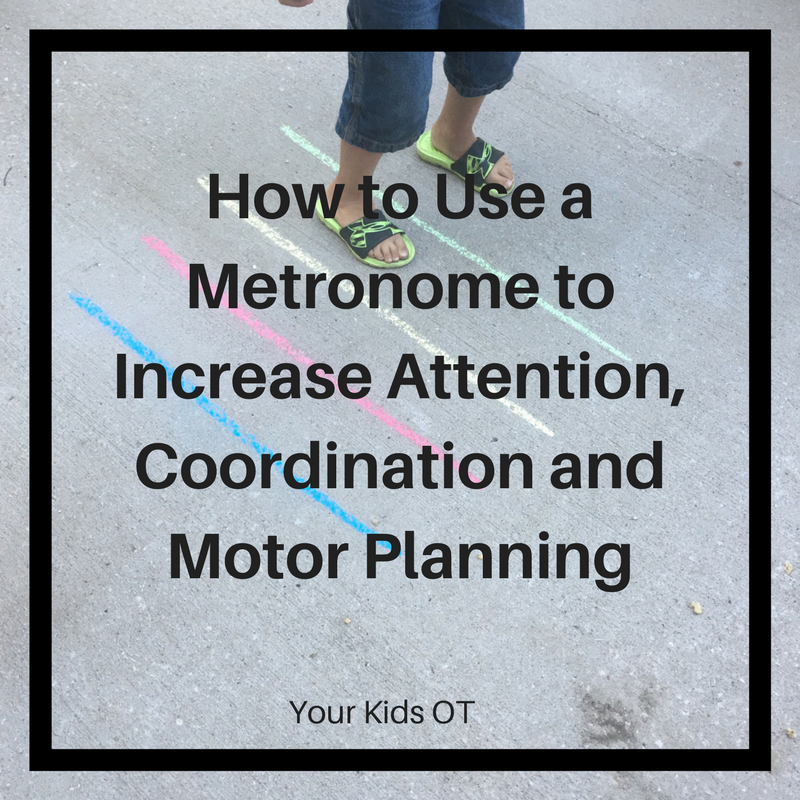

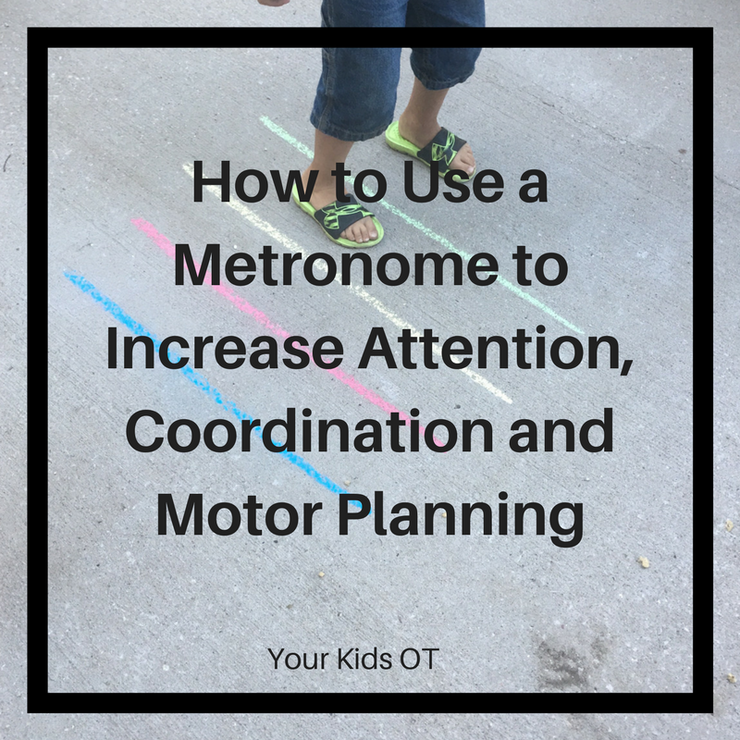
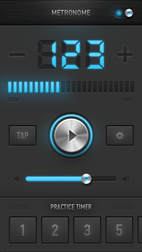
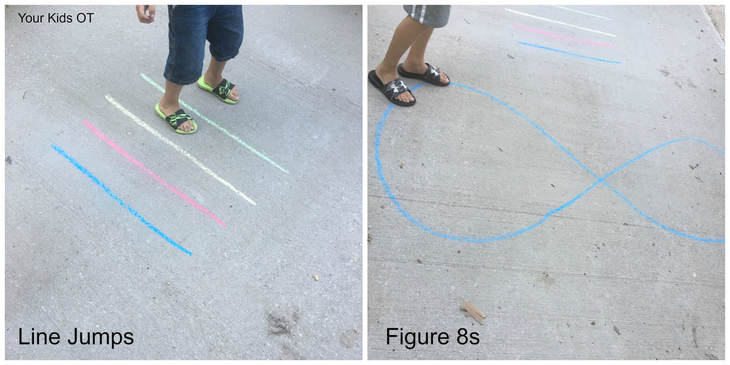
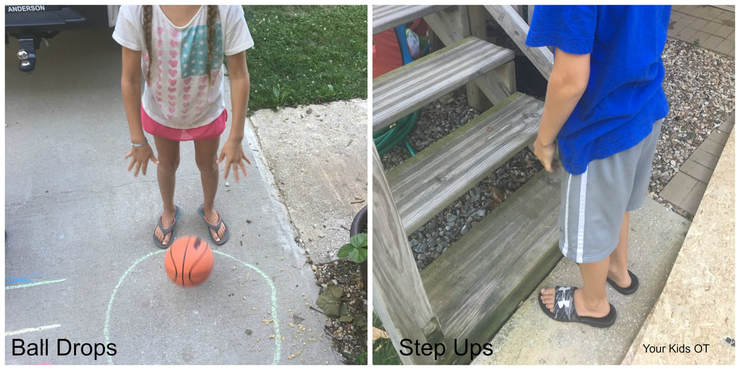
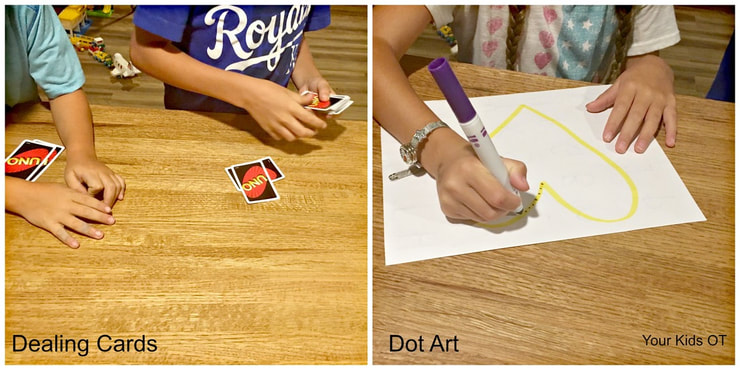
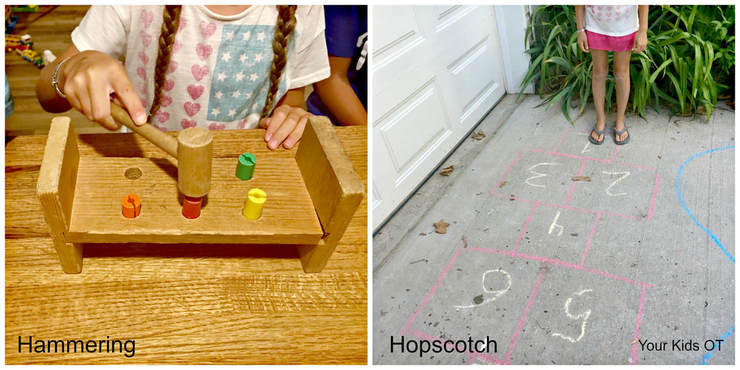

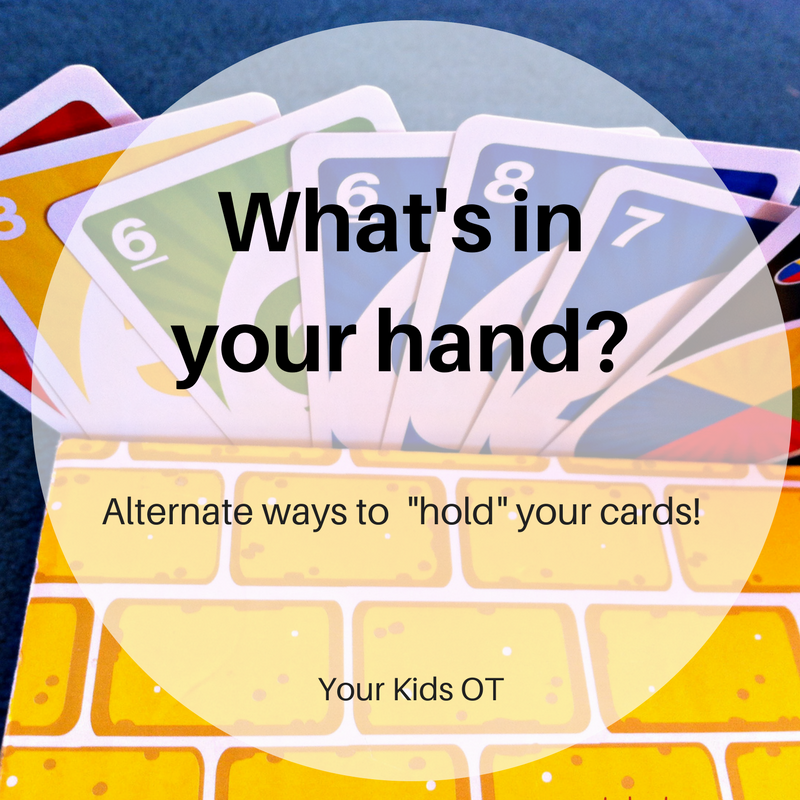
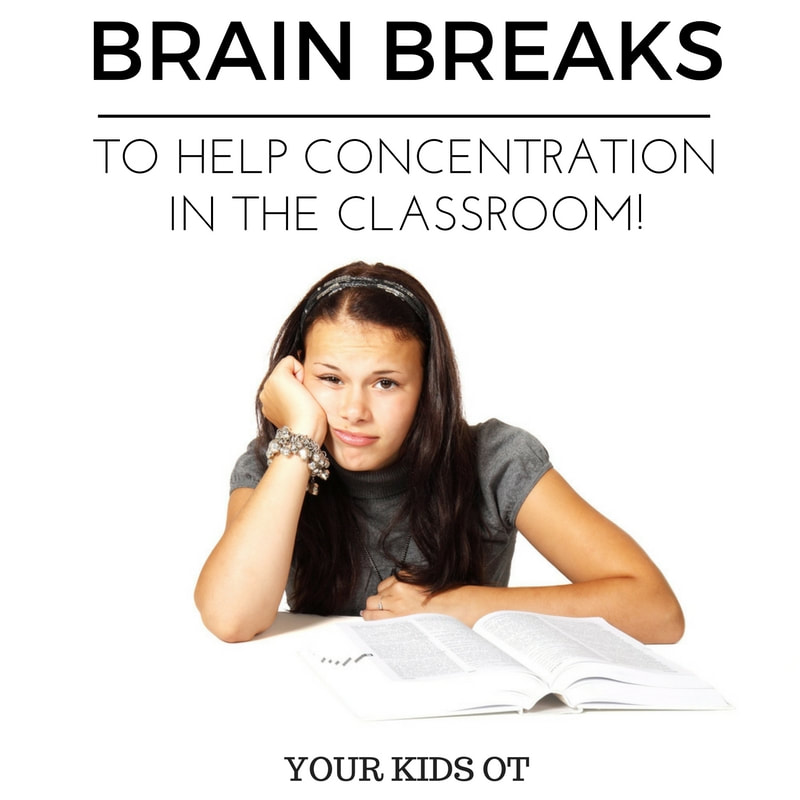
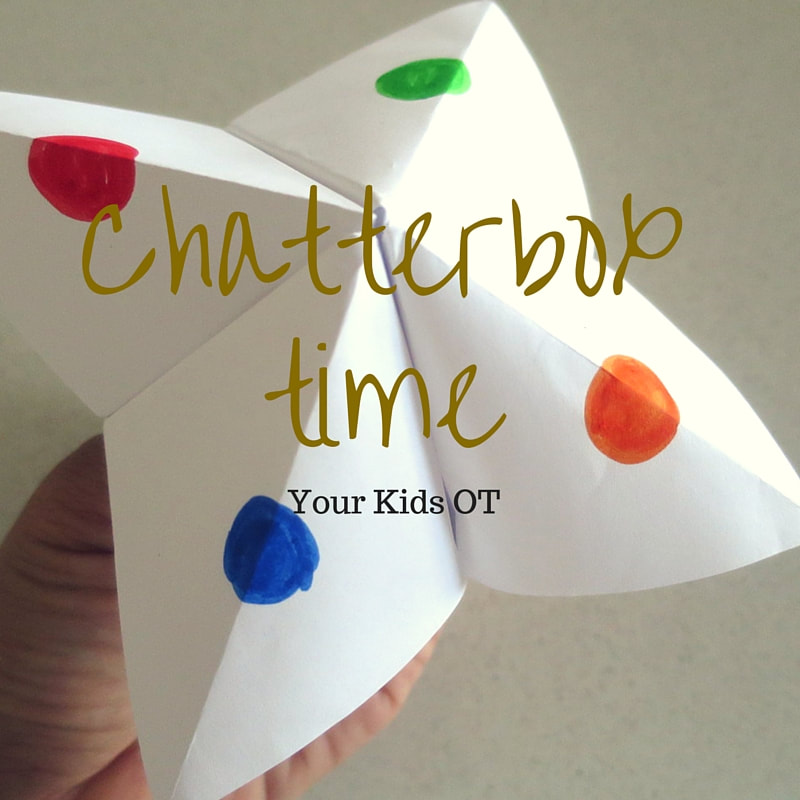
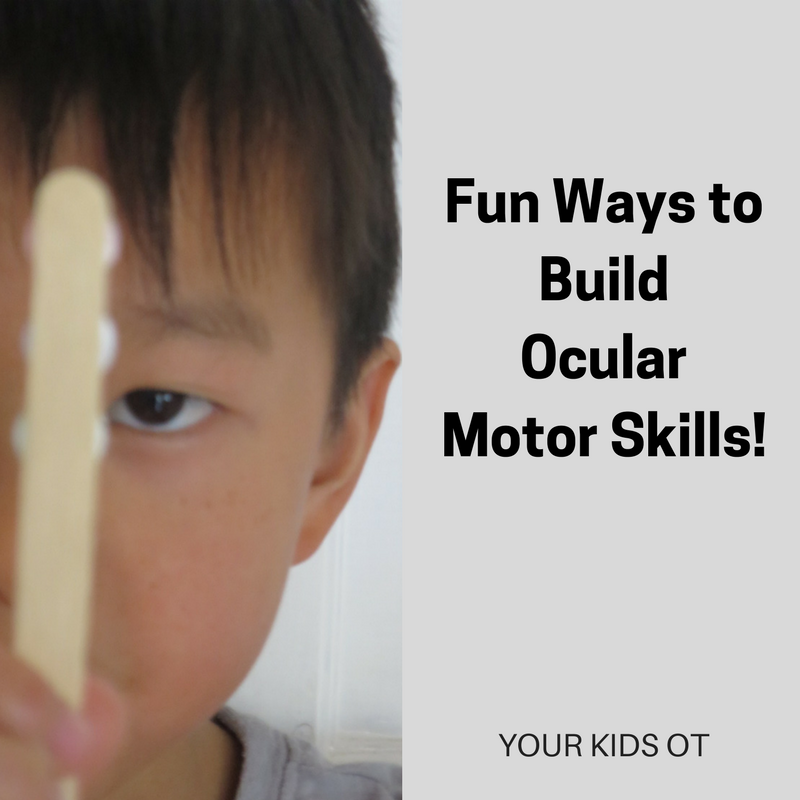
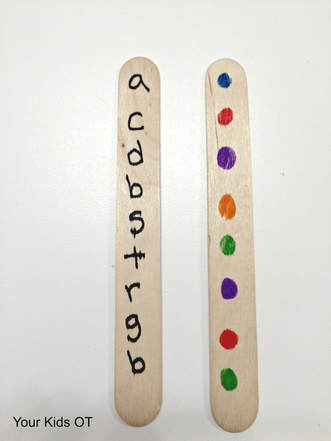
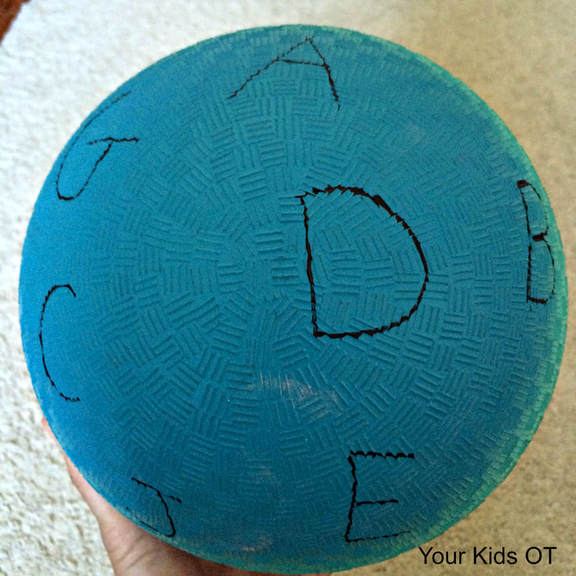
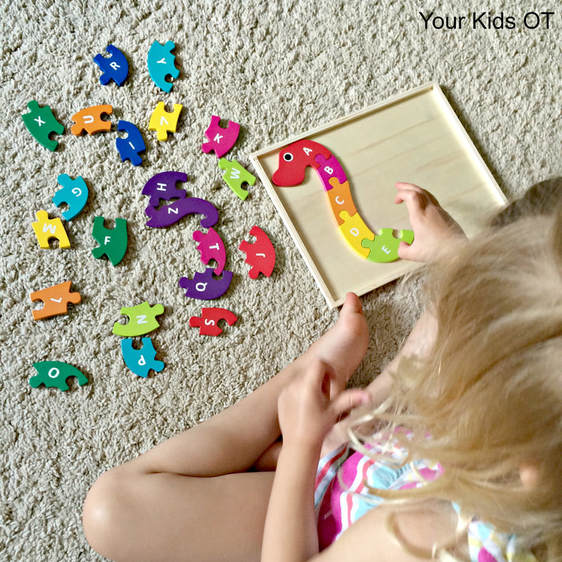
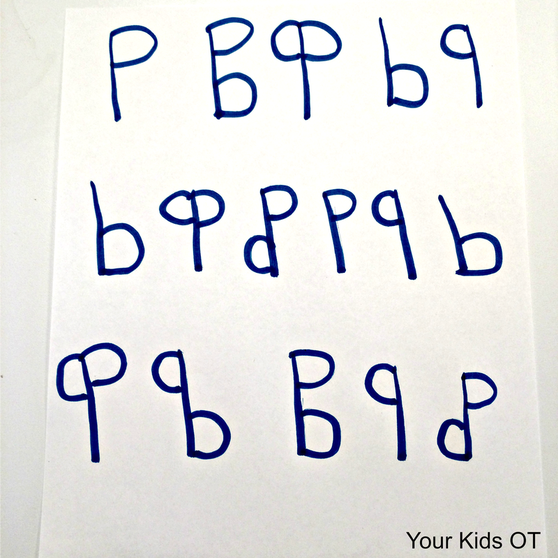

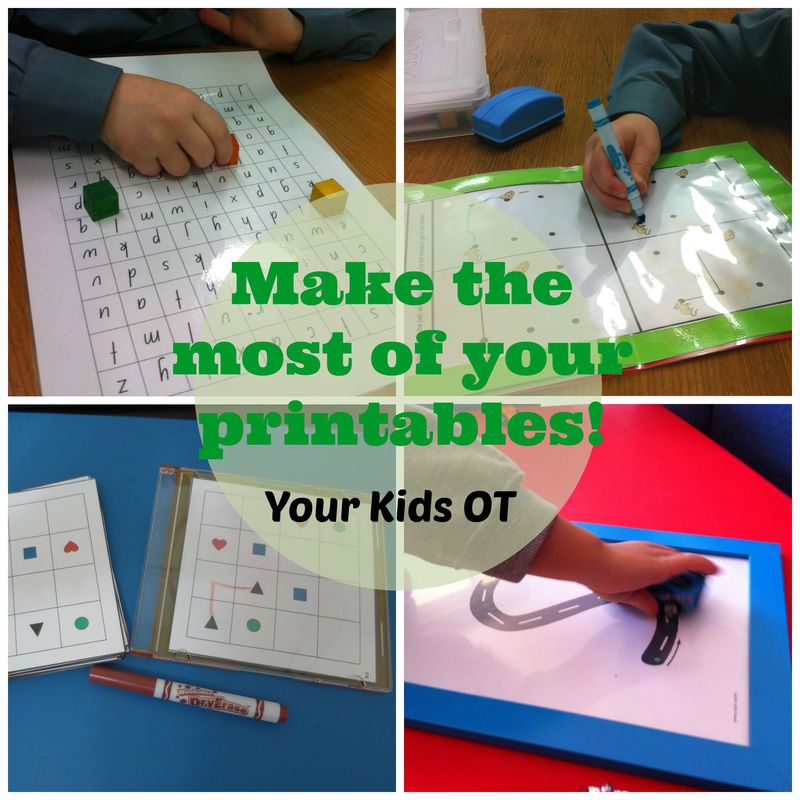
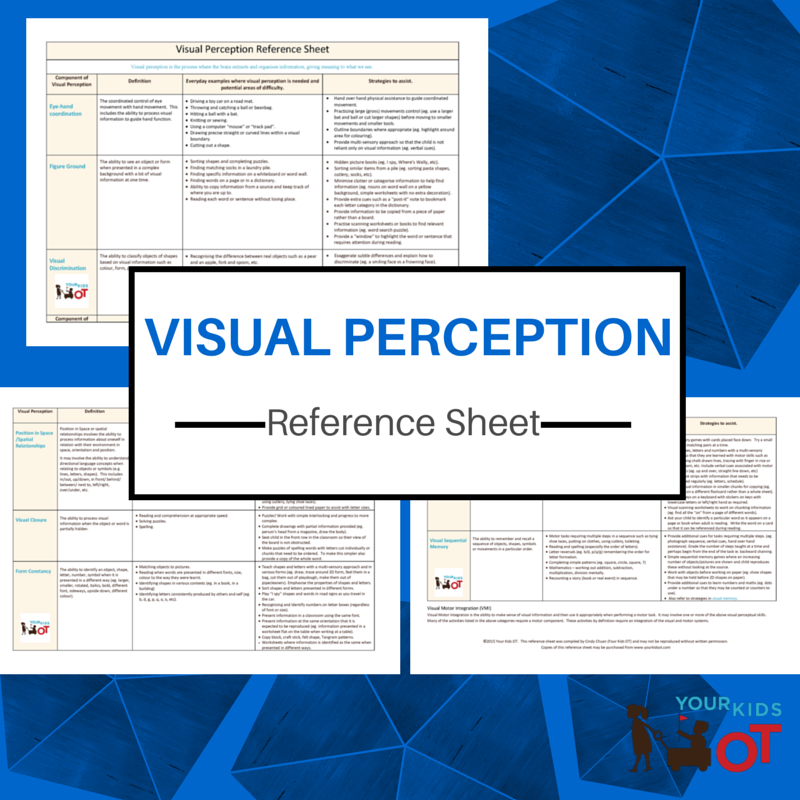


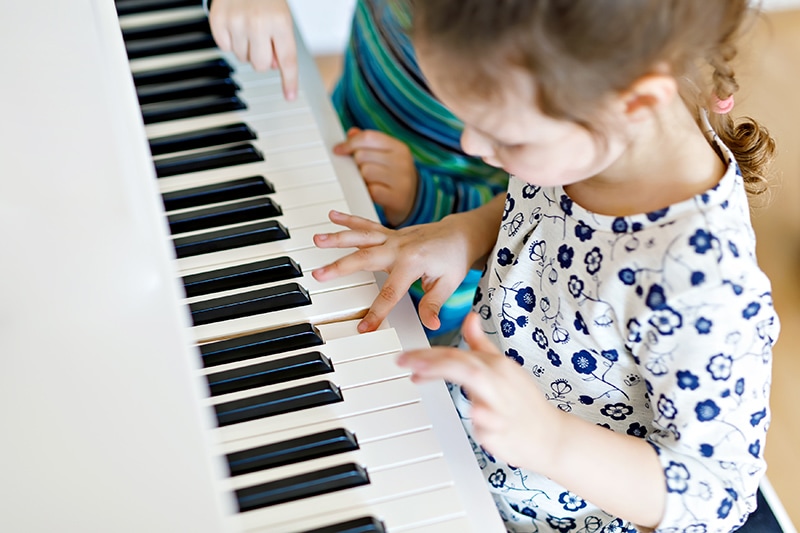

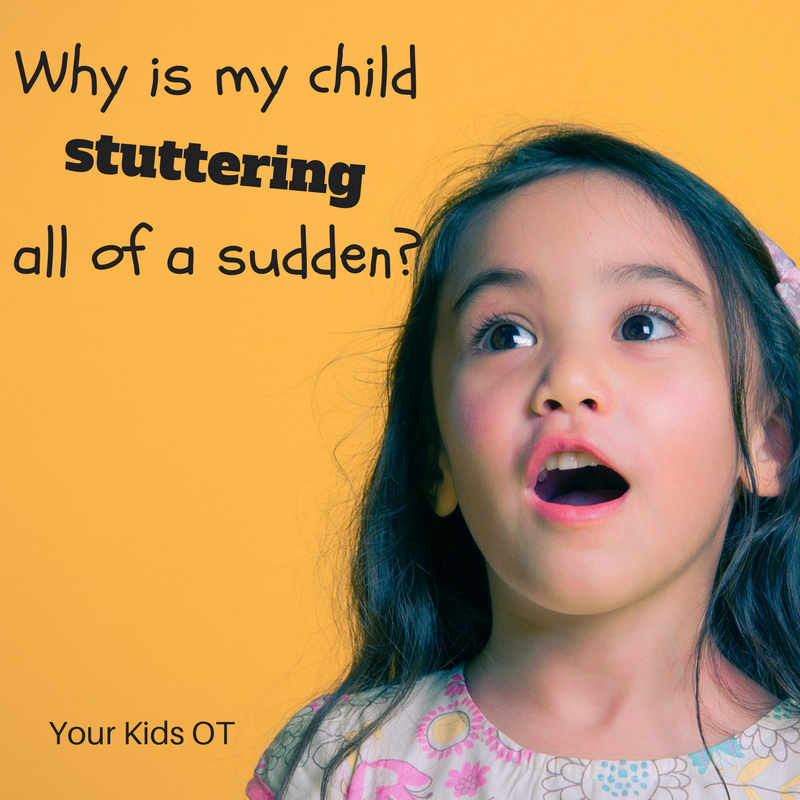
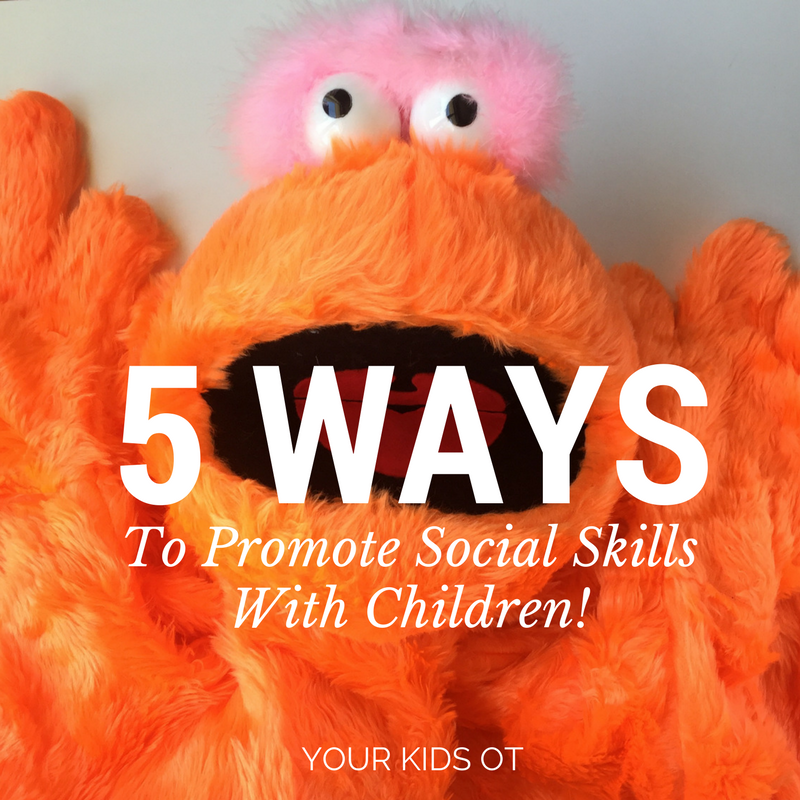
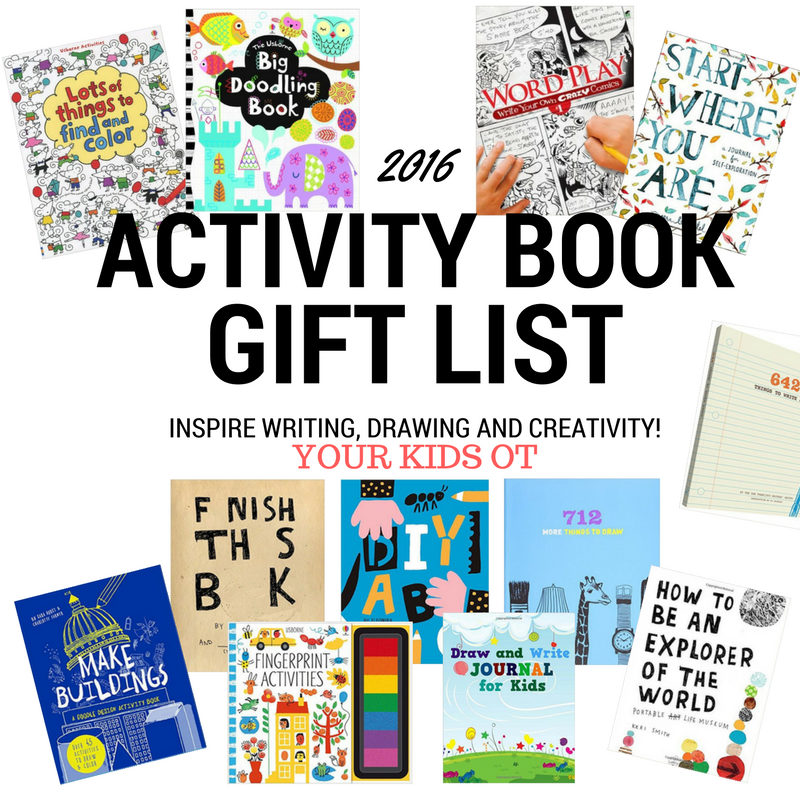
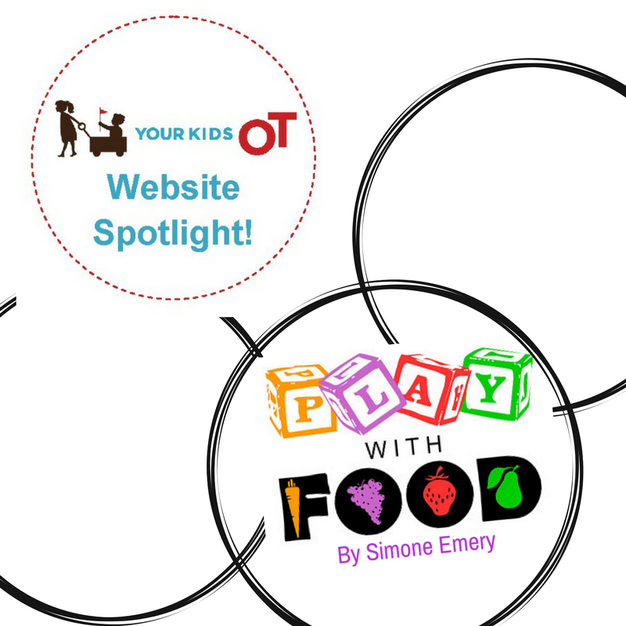



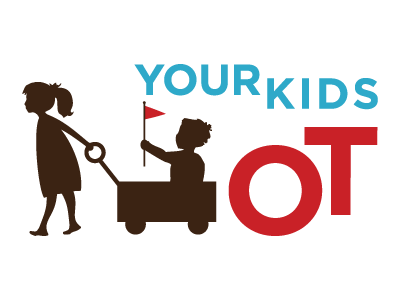

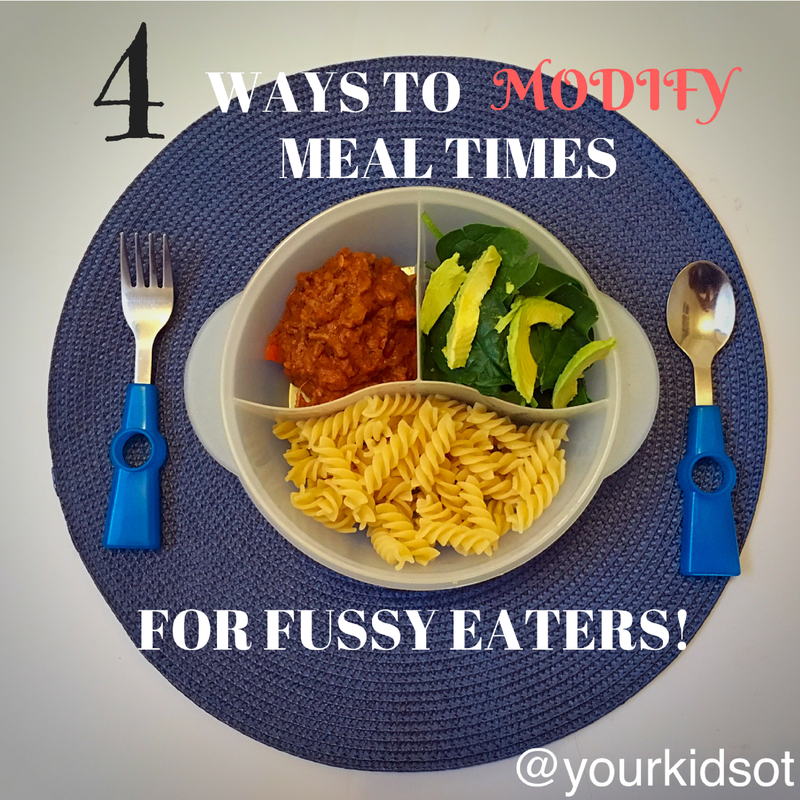
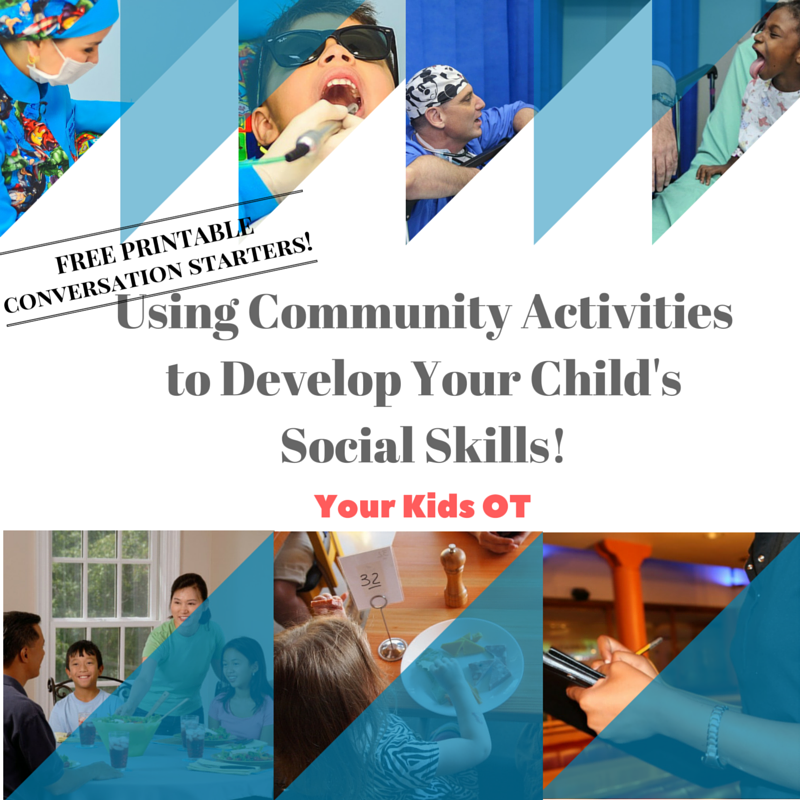
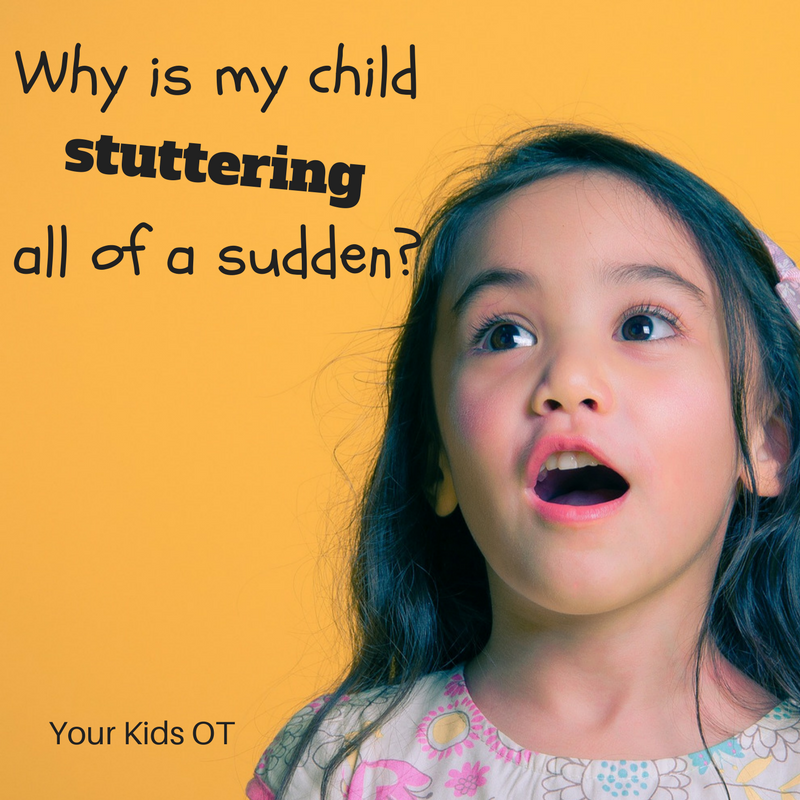
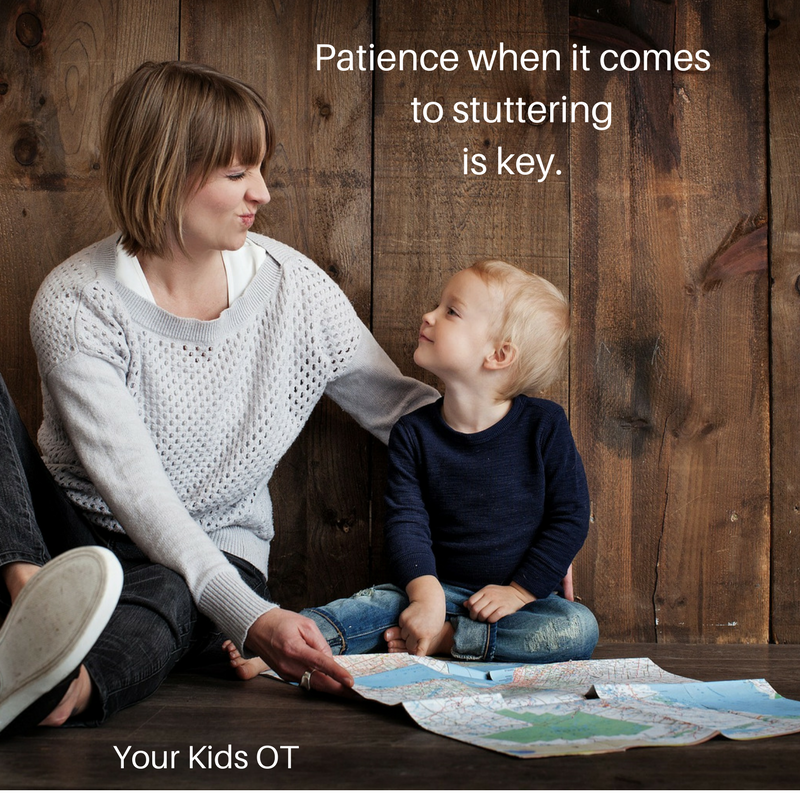

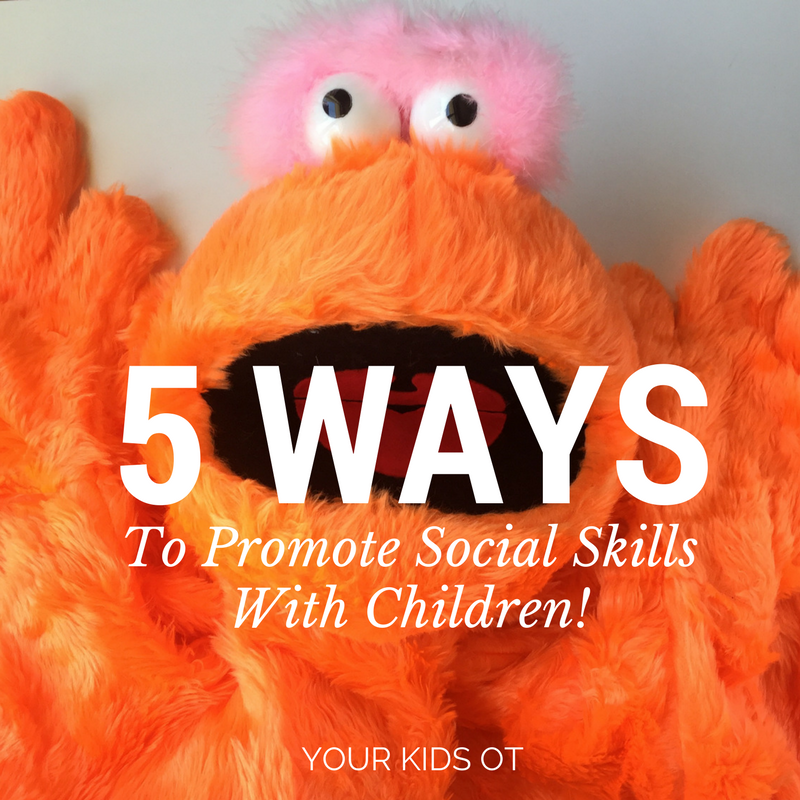
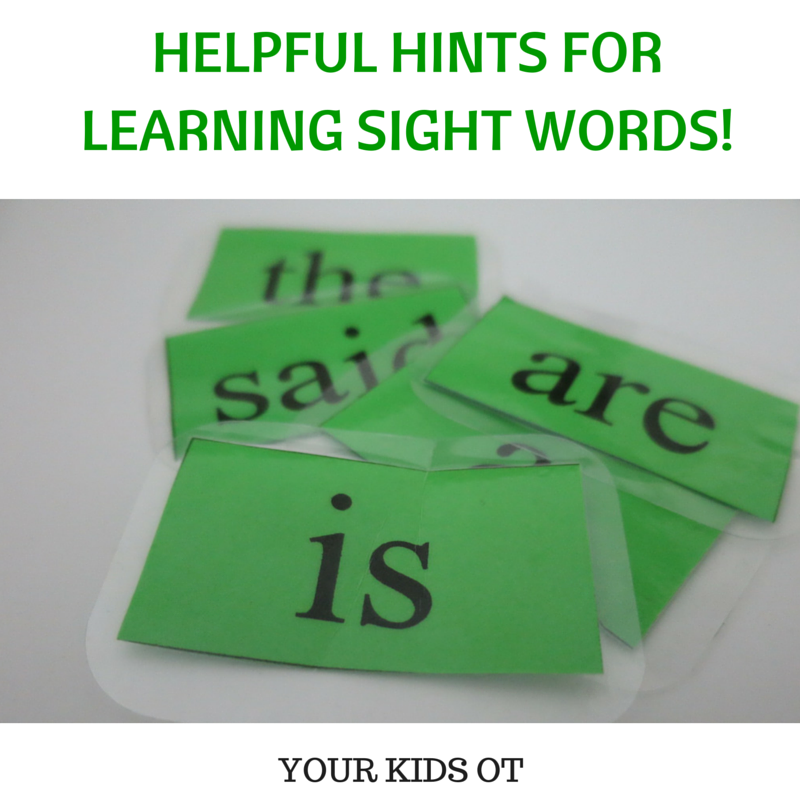
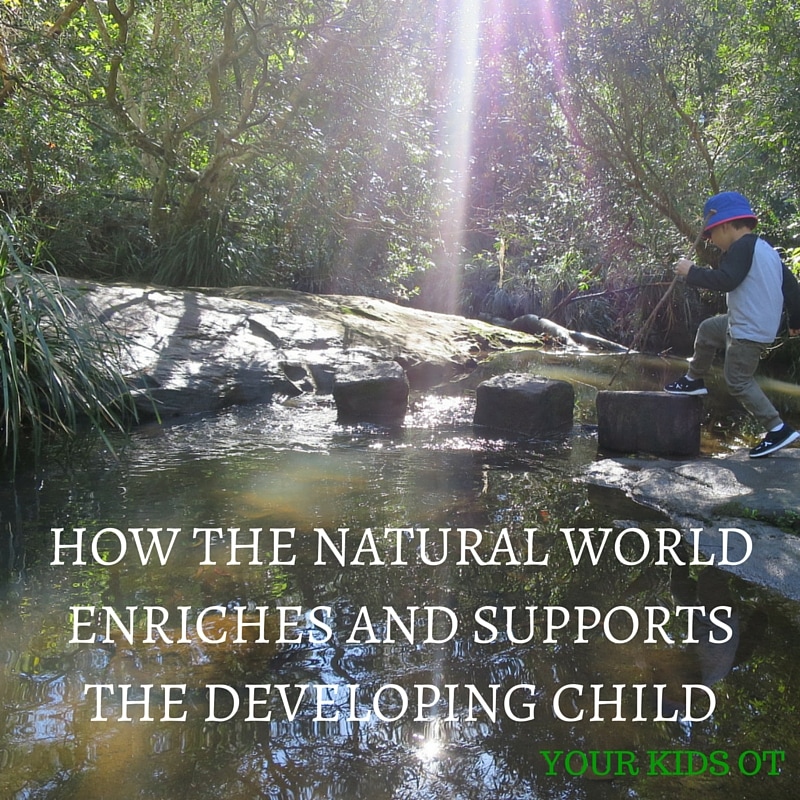
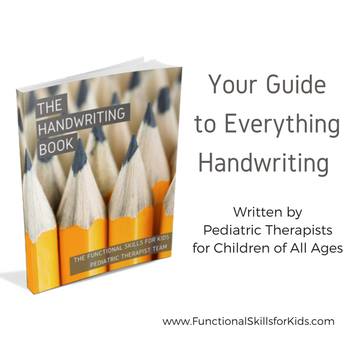
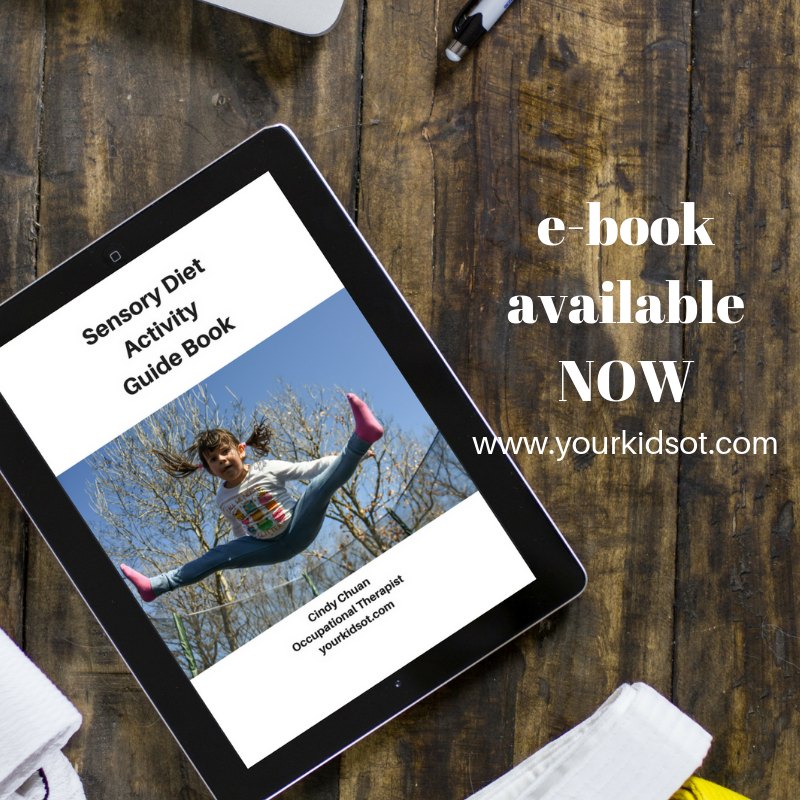
 RSS Feed
RSS Feed
